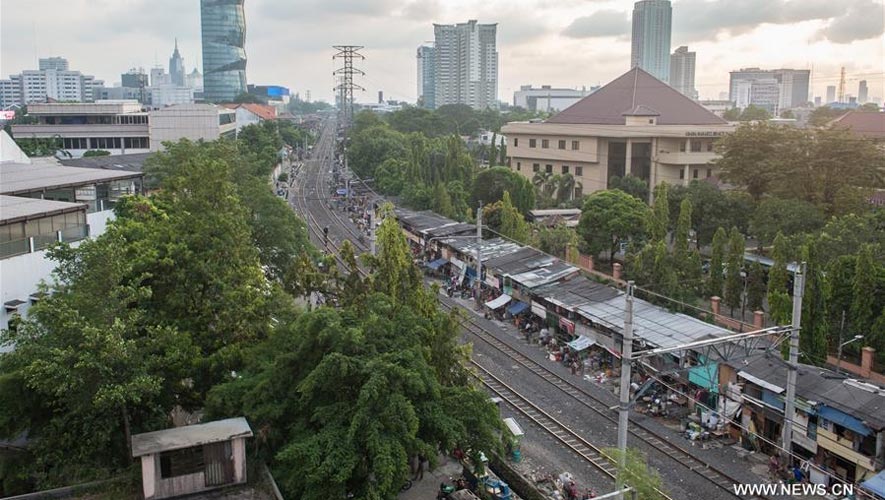More needs to be done by the government and financial sector to educate the public
For the latest Cambodian Business news, visit Khmer Times Business
The rise of lending institutions has skyrocketed. Traditional commercial and specialised banks are seeing people line up for consumer loan products to buy cars and real estate. For smaller loans, and for people in the rural areas, around 70 microfinance institutions and 170 rural credit operators are present to serve the people.
Latest figures from the National Bank of Cambodia (NBC) show average loan sizes have jumped five times to $1,000 since the early 2000s. Nearly $3 billion have been borrowed by around two million people.
But, cracks are beginning to show. Media reports of conflict over defaulted loans and confiscation of collaterals have been a steady presence in the news stream. Anecdotal reporting from rural villages in the provinces have shown many simply fail to understand the terms outlined in their loan applications and are in fact bound by unlawful terms and interests rates.
To combat the issues related to an increase in lending, the central bank launched several initiatives in primary and secondary schools. The need for these cannot be overstated. Only 20 percent of Cambodia’s 16 million people have bank accounts, and there is dire need of guidance and education as the economy develops at breakneck speed.
A Korean Model
One could look at South Korea as a model for economic development in modern times starting from the basement level. After the Korean War, South Korea was one of the poorest countries in the world for nearly a decade. In 1960, its gross domestic product (GDP) per capita was $79, and 40 percent of the population lived in abject poverty. Foreign aid was essential for the survival of the nation.
“Just like Cambodia, the fiscal situation wasn’t that good. At the time, we depended a lot on foreign and government aid. The government needed funds to mobilise and drive the economy,” Shin Chang Moo, president of PPCBank, says.
He came of age in the 1960s and witnessed first-hand the hyper industrialisation of the country and government initiatives to help facilitate it.
Similar to Cambodia, the generational shift in the economy came suddenly for South Korea. The Kingdom’s seven percent GDP growth mimics South Korea’s average eight percent economic expansion between 1962 and 1989. During that period, South Korea’s GDP swelled from $2.7 billion to $230 billion in 1989. It was also a time when the Korean government actively pushed for financial literacy, working with corporations and banks to partner with schools, and help young students open savings accounts.
In a survey published by the Organisation for Economic Cooperation and Development (OECD) in January, South Koreans aged between 18 and 79 scored 62.2 points in financial and economic literacy. The survey questions were drawn up with the objective of helping countries develop education strategies.
“What the South Korean government did was a bit different at the time. It really pushed banking services to ordinary people,” Chang Moo says.
The government promoted high interest rates for deposits and championed social movements like ‘One Passbook for One person,’ Chang Moo explains regarding the initiative to open bank accounts for everyone in the country.
“Piggy banks were distributed in schools, prompting students to collect loose change (to feed the piggy banks). Every month, banks went to schools to help pupils open savings accounts. They were very active (as) they needed deposits (to grow their funds),” he adds.
Initiatives In Cambodia
As part of NBC’s mandate to protect consumers, the bank envisioned financial literacy to be part of the Kingdom’s national school curriculum. Teaming up with the Education, Youth and Sports Ministry, the syllabus on savings, loans and financial management was introduced to schools this year.
Last September, NBC created an app for young students that reads aloud stories, imparting basic financial literacy themes in the setting of local villages.
A little goes a long way
Small corporate social responsibility projects like Maybank Foundation’s silk weaving programme in Takeo seem to have deep, long lasting impact. All the women enrolled in the silk weaving training programme have opened accounts with the bank. For many, this was the first time they were given any kind of economic autonomy in their lives.
“We open bank accounts for those we train,” says Shahril Azuar Jimin, chief executive officer of the foundation. “The women, who didn’t have any bank account, now own one. (It is great that) these economically-independent women are now part of the (banking) system,” he adds.
For Chang Moo, financial inclusion is an integral part of the growth of developing country.
“My first bank account was in the sixth grade (aged 11). I think that in Cambodia the driving force is a bit different from Korea. One has to be aggressive in the initial stages to be financially included from a young age,” he says.
Donald Jae Lee
Business Writer, Capital Cambodia




